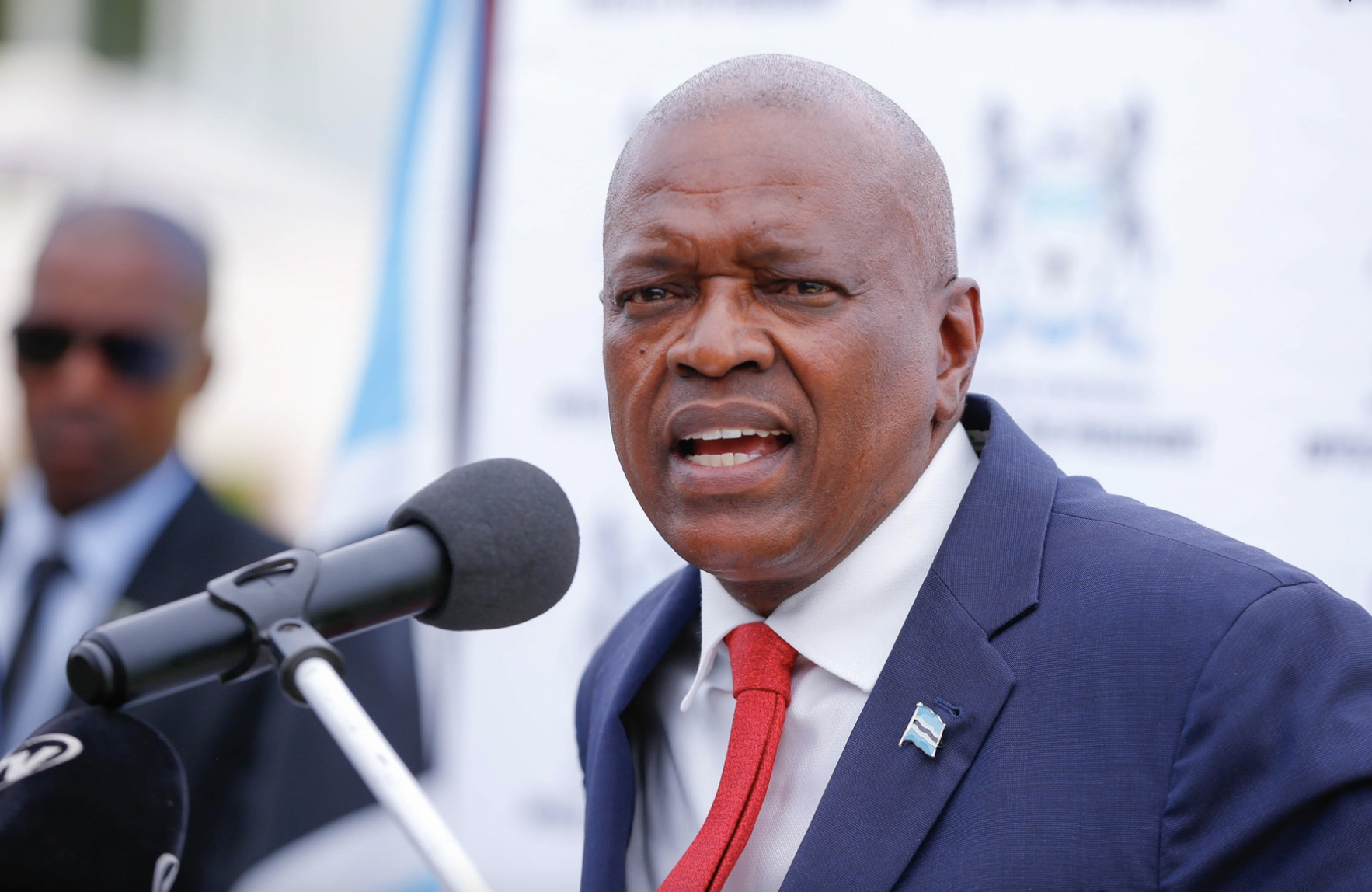When former President Ian Khama handed over power to Mokgweetsi Masisi in December 2018, Botswana’s Pula Fund, a sovereign wealth fund designed to preserve national wealth for future generations, had a balance of P24.6 billion. As Masisi took the reins in his first full term, Botswana appeared economically stable, boasting solid GDP growth and a burgeoning Pula Fund.
A Promising Start
Masisi was sworn in as President in April 2018. Under his initial leadership, Botswana’s real GDP growth was impressive: 4.5 percent in 2018, a significant jump from 2.9 percent in 2017. GDP at current prices increased from P180.1 billion in 2017 to P189.8 billion in 2018, a 5.4 percent rise. However, even with this economic progress, the unemployment rate remained stubbornly high, with 19.8 percent of the adult population unemployed.
A Shocking Decline
Despite a promising start, trouble was brewing. By December 2019, just a year after Khama’s handover, the Pula Fund balance had dropped by P6.1 billion, leaving only P18.3 billion. The reasons behind this decline were unclear and became a point of national concern. While real GDP growth slowed to 3.0 percent in 2019, the economy was still growing. But the first hints of looming financial strain emerged as critics started questioning government spending.
The COVID-19 Pandemic and Financial Strains
The true economic shock came in 2020, as the COVID-19 pandemic swept the globe. To combat the health and economic crises brought on by the pandemic, the Masisi administration made significant withdrawals from the Pula Fund. By the end of 2020, the fund had suffered a monumental loss of P15 billion, dwindling to an all-time low of P3.3 billion. This depletion sparked widespread controversy, with many alleging financial mismanagement.
While the government defended the withdrawals as necessary emergency measures to save lives and prop up the economy, these claims were not universally accepted. Critics pointed out that a detailed audit of the expenditures was conducted but never made public, raising suspicions about the administration’s handling of the pandemic funds.
A Partial Recovery
In 2021, economic activity began to pick up, buoyed by strong diamond sales, which traditionally drive Botswana’s revenue. The Pula Fund showed signs of recovery, growing to P6.1 billion. By the end of 2022, the fund’s balance stood at P8 billion, with additional improvements in the Government Investment Account (GIA), which reached P14.8 billion. However, this recovery was not sustained; by December 2023, the Pula Fund had declined to P8.5 billion.
The Current State of Affairs
Despite the minor rebounds, the overall financial picture remained bleak. Between December 2018 and December 2024, Masisi’s administration reportedly drew down a total of P21.1 billion. By August 2024, the GIA, which had once been a robust financial cushion, was left with a meager P1.9 billion, according to the Bank of Botswana.
Allegations and Controversies
The massive depletion of the Pula Fund during Masisi’s presidency has fueled allegations of mismanagement and wasteful spending. While the government has repeatedly pointed to the unprecedented challenges of the COVID-19 pandemic as the reason for these financial difficulties, opposition figures and economic analysts have raised questions about the transparency and necessity of such extensive withdrawals. The withheld audit report has only fueled these suspicions, leaving Batswana demanding accountability and answers.
The tale of Botswana’s Pula Fund under Masisi’s administration is a complex one, marked by a series of economic and health crises that justified some of the spending. However, the sheer scale of the fund’s depletion—P21.1 billion over a few years—has cast a long shadow over Masisi’s tenure, sparking debate over whether the country’s financial future was gambled away recklessly or managed as a necessary evil to weather an unprecedented global storm.










